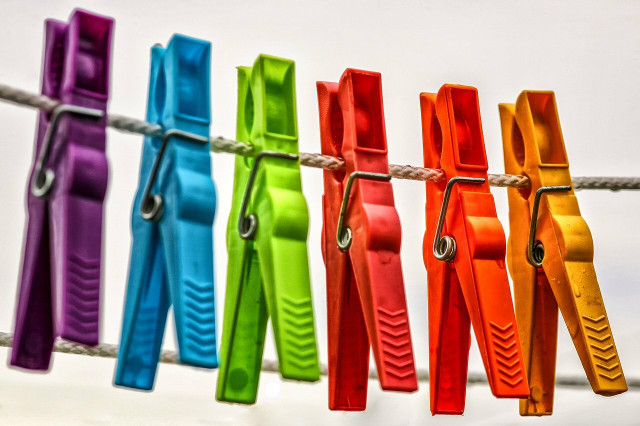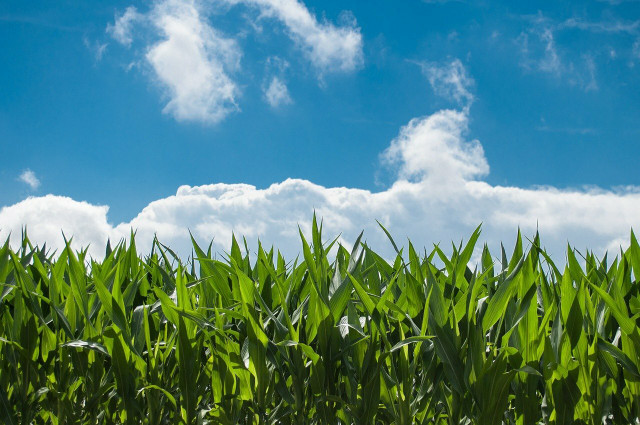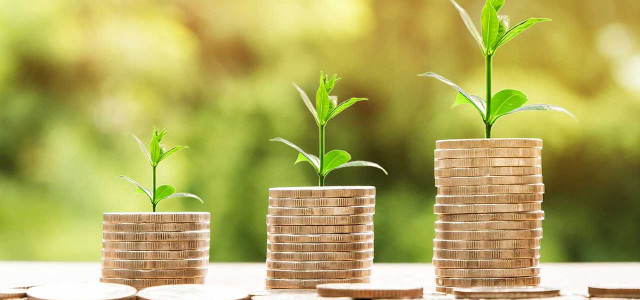The term ‘bioeconomy’ means that fossil resources are replaced with renewable ones – it’s an important component of any sustainable economy. Let’s explain what bioeconomy is all about.
The bioeconomy – also referred to as bio-based economy – comprises all sectors of the economy and industry that use renewable biological resources. This broad field includes:
- agriculture and forestry
- fisheries and fish farming
- energy industries
- food production
- biotechnology
- chemical, textile, and paper industries
All these sectors use renewable resources like plants, microorganisms, or animals in some way.
What Potential Does the Bioeconomy Hold?

The National Academy of Sciences has recently released an advisory report (Safeguarding the Bioeconomy) in which it notes the challenges and opportunities it sees in a bio-based economy. Today, large parts of our economy are still based on fossil resources like crude oil, which serves both as an energy source and as the basis for many chemicals and plastics. But the fossil economy is increasingly reaching its limits:
- Climate change and the destruction of the environment are continuing.
- Fossil resources are finite and aren’t available in every region equally, causing many conflicts and dependencies.
A bio-based economy could help solve these problems, reducing the USA’s reliance on fossil raw materials. Furthermore, the National Academy hopes that the US can maintain a leading position in this field and profit from it economically.
The Building Blocks of Bioeconomy



As mentioned above, long-established economic sectors such as agriculture and forestry are part of the bioeconomy. Perhaps you’re already familiar with biogas and bioplastics. However, the research of new fields of application plays an important role in bioeconomy. Here are some examples for further uses of renewable raw materials.
- Enzymes enable numerous chemical reactions in the human body – they act as catalysts. And industry, too, can make use of this attribute. For example, certain enzymes can help in the production and decomposition of bioplastics. Compared with conventional chemical catalysts, biological catalysts can operate at lower temperatures and lower pressure, which saves energy.
- The protein-rich residues from canola oil production can be used to produce packaging materials or insulating foam, for example.
- Insects are increasingly interesting as a food source for humans and animals. They can be a sustainable alternative to fish meal or soy for animal feed, for example – insects consume hardly any resources, require little space, and are very rich in protein. Furthermore, insects contain fats that could partly replace petroleum-based products. Insect fats could be used to produce lubricant for bicycle chains, for example.
As the EPA explains, recycling also plays an important role in any sustainable economy. Waste should be re-used as efficiently as possible – across industries and sectors. One example is the residue from canola oil production mentioned above, which can be used as a raw material for packaging. But each of us can make a difference too: Find out more in our guides on zero waste living and precycling.
The Development of the Bioeconomy



In 2012, a comprehensive vision for the US bioeconomy was published by the White House’s Office of Science and Technology Policy (OSTP). Since 2016, the US Department of Agriculture and the Department of Energy (DOE) have been overseeing the development of the American bioeconomy. The DOE envisions a Billion-Ton-Bioeconomy by 2030, with the U.S. federal government implementing strategic activities to realize the goal. The report “Safeguarding the Bioeconomy” we mentioned above values the bioeconomy at more than five percent of GDP – that’s over 950 billion US Dollars.
- Food security (in North America, but also worldwide) is the top priority. It is important to keep this in mind because renewable raw materials have one crucial problem: Most of them use up land that is suitable to grow food, for example. This leads to conflicts of objectives.
- Climate and environmental protection, but also economic competitiveness, are also important points.
From these goals and terms, the strategy is then applied to develop specific measures in various fields. For example, the modern bioeconomy needs many skilled workers, and agriculture and forestry must become more efficient and sustainable.
Progress in the US and the Rest of the World
Traditional bioeconomy branches such as agriculture or the paper industry still dominate the bio-based economy. New areas such as biotechnology don’t play an important role yet. Of course, many other countries beside the US have realized that the bioeconomy has considerable advantages. On the other hand, building a truly green economy is a complex and slow process that is still hindered by the low prices of fossil resources and the effects of the COVID pandemic.
Problems With the Concept
We’ve already noted that, even in a bio-based economy, fundamental conflicts of objectives exist. There is only limited space to cultivate plants, for one thing. However, more fundamentally, our consumerist way of life cannot continue if we want a genuinely sustainable economy. The partial solutions we present here, from industry and government, are steps in the right direction, for sure. But to combine economic growth and true sustainability will always be a challenge – whether it is possible at all is still often subject to debate. The real challenge for any bioeconomy will be to accept this and continue to present practical, realistic solutions. There is plenty we as individuals can do for a greener lifestyle – but corporations and governments must follow suit.
This article was translated and adapted by a group of editors under the supervision of Will Tayler. You can read the German original here: „Bioökonomie: Wirtschaften mit nachwachsenden Ressourcen“
** Links to retailers marked with ** or underlined orange are partially partner links: If you buy here, you actively support Utopia.org, because we will receive a small part of the sales proceeds. More info.Do you like this post?






